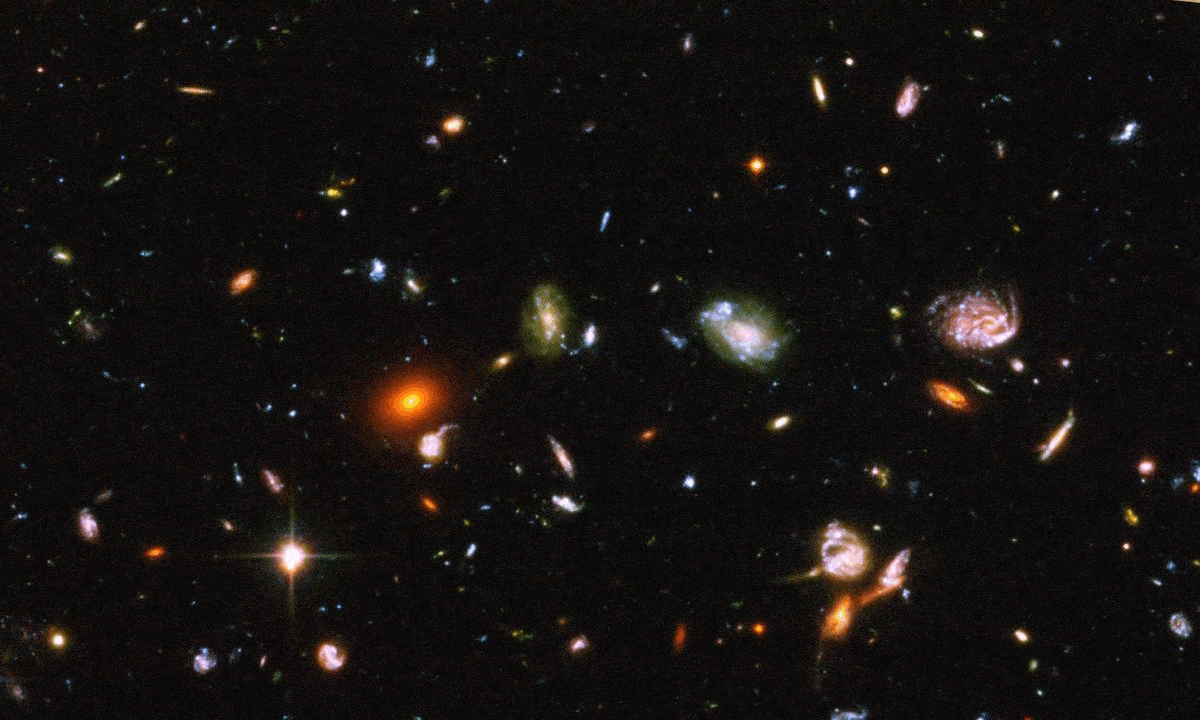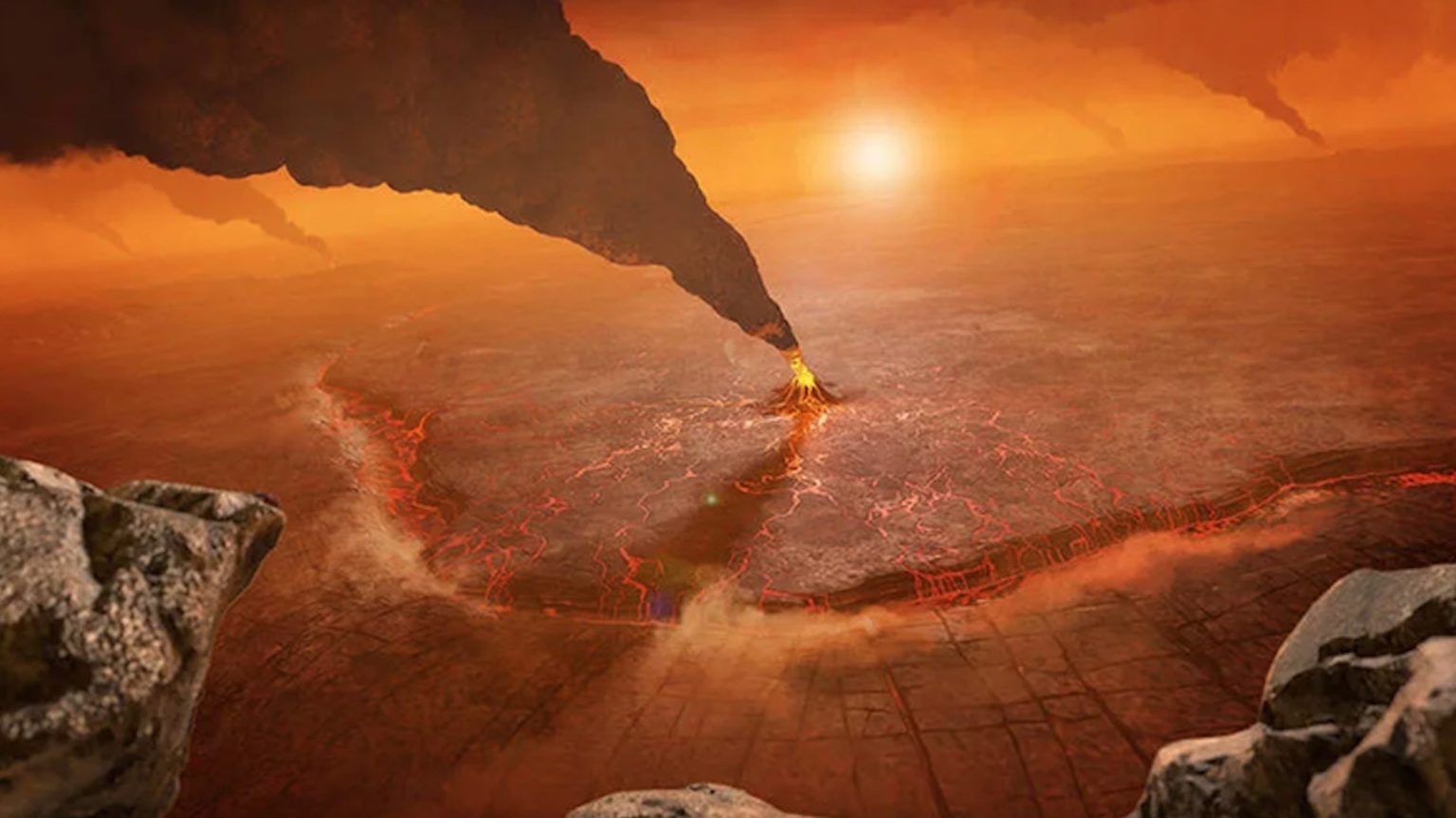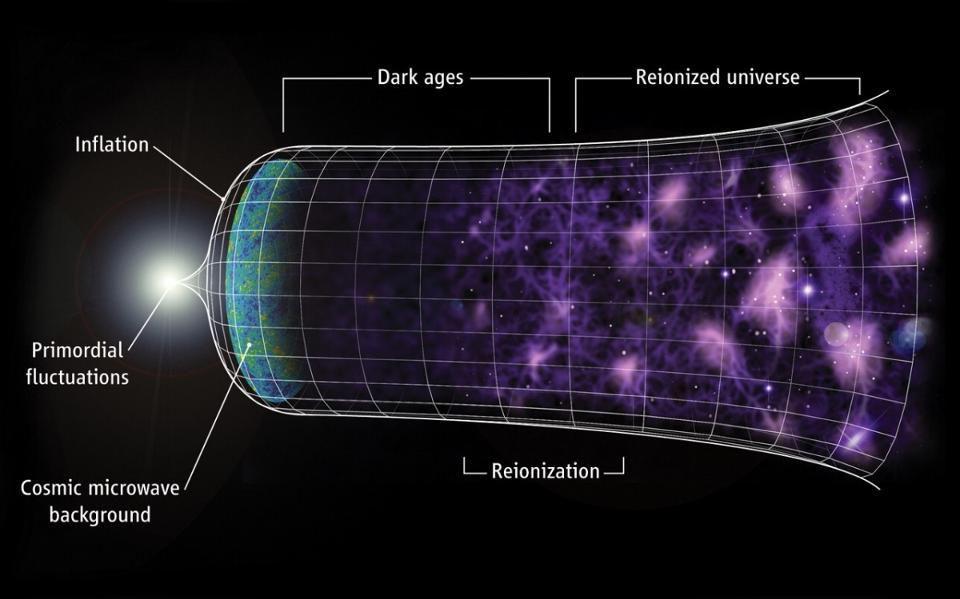Ask Ethan: What Does The Future Of Science Look Like?
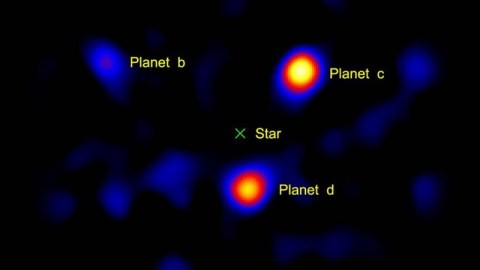
What do our future missions in physics, astronomy, astrophysics and more hold?
If you went back in time just 30 years, the world as we it was a completely different place. The only planets known were in our own Solar System; we had no conception of dark energy; there were no space telescopes; and gravitational waves were merely an untested theory. We hadn’t discovered all the quarks and leptons, and nobody knew whether the Higgs was real. We didn’t even know how fast the Universe was expanding. At the dawn of 2018, a generation later, we’ve revolutionized all of these fields, including with discoveries we never could have anticipated. What’s coming next? That’s what our Patreon supporter Tomas Wallgren wants to know:
I would like to read or hear some on what scientists are planning to do next. What’s in the pipeline, on the drawing board or just an idea up for discussion?
On the heels of the American Astronomical Society’s big annual meeting, there’s never been a better time to talk about the future of science.
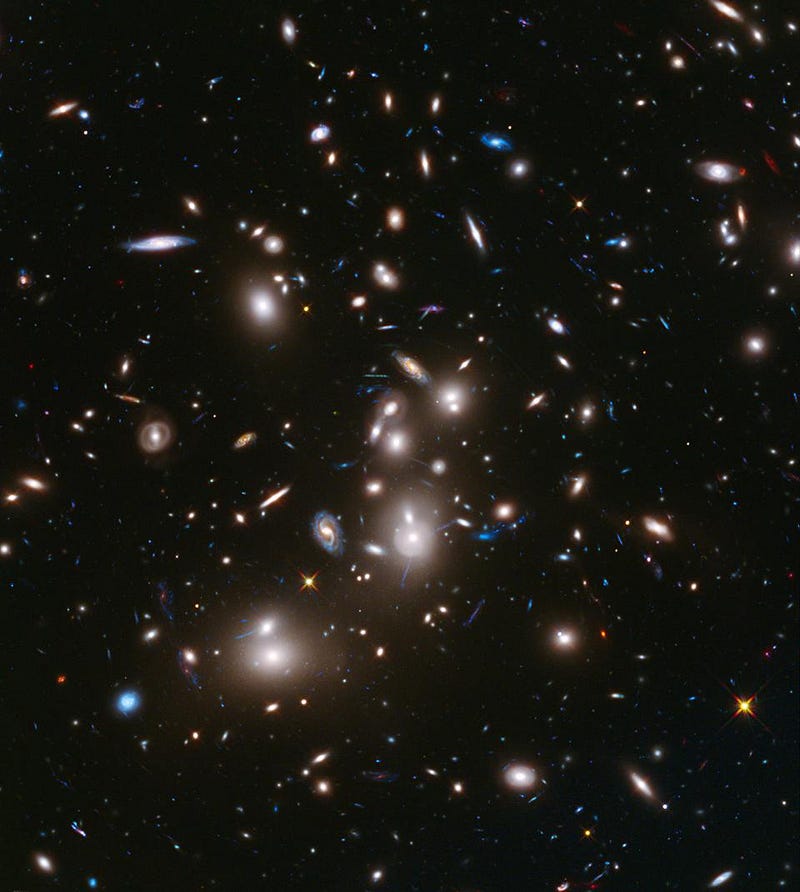
It’s taken a worldwide effort to get us to where we are. Telescopes, observatories, particle accelerators, neutrino detectors, and gravitational wave experiments can be found all across the world, on all seven continents and even in space. From IceCube at the South Pole to Hubble, Herschel, and Kepler in space, from LIGO and Virgo looking for gravitational waves to the LHC at CERN, the discoveries we’ve made are due to the thousands of scientists, engineers, students, and citizens who tirelessly work to unveil the secrets of the Universe. With all we’ve learned, it’s important to keep in mind exactly how far we’ve come: into a Universe we understand better than any human of a prior generation, from Newton to Einstein to Feynman, could ever have dreamed. Now, let’s take a look ahead at what’s next.
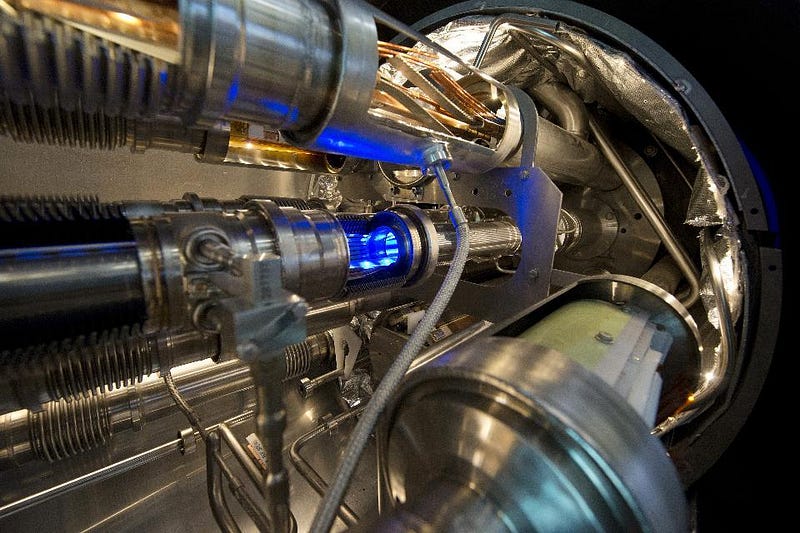
Particle Physics: Over the past few years, we’ve discovered the Higgs boson, the massiveness of neutrinos, and direct time-reversal violation. The LHC at CERN is in full swing, having collected more data at high energies than every previous experiment combined. Meanwhile, IceCube and the Pierre Auger observatory are measuring neutrinos, including high-energy and cosmic neutrinos, like never before. As we look ahead, future neutrino observatories like IceCube Gen2 (with ten times the collision volume) and ANTARES (a ten million ton seawater detector) mean that we’re going to see tenfold increases in the data rates of these experiments, and may eventually see neutrinos from new supernova or neutron star merger events.
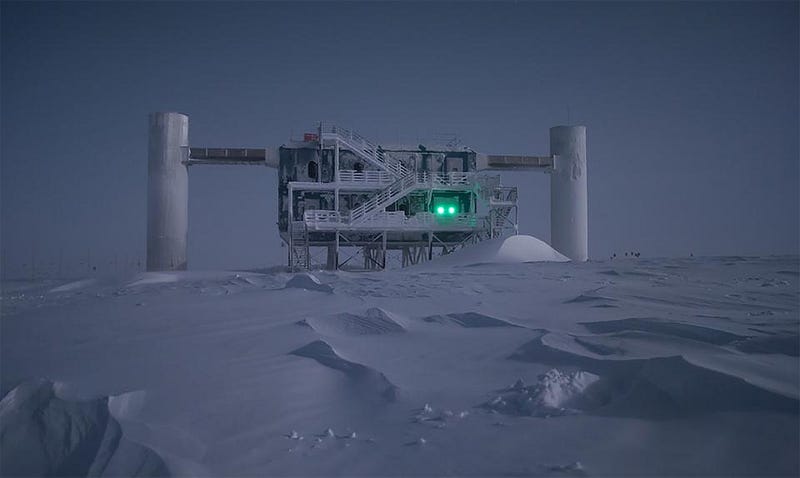
The importance of upgrades to existing experiments should not be overlooked, either. The LHC, in particular, has collected only 2% of the data projected to be collected over its lifetime. Meanwhile, as we look ahead, the potential construction of new experiments, such as an International Linear Collider, a next-generation ring-based proton collider, or even (if the technology arrives) a relativistic muon collider could lead us to the next frontiers in fundamental particle physics. It’s an incredible time to be alive.
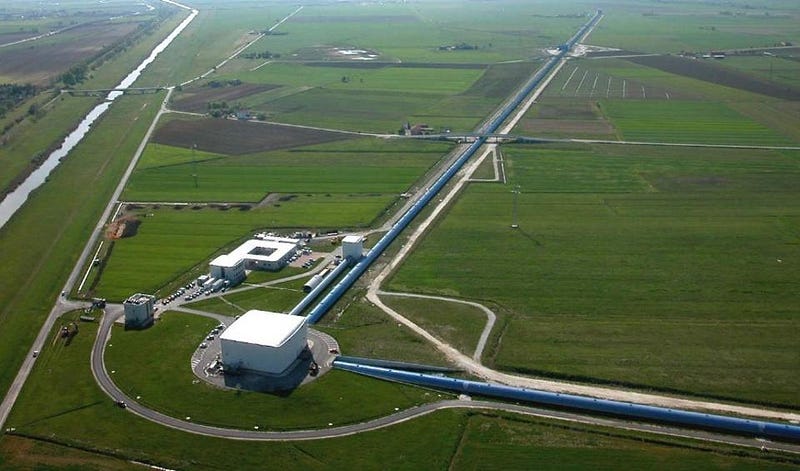
Gravitational Waves: After decades of work on a multitude of components, the era of gravitational wave astronomy has not only arrived, but it’s here to stay. The Advanced LIGO and Virgo observatories have thus far found a total of five black hole-black hole mergers and one neutron star-neutron star merger, and as they undergo a new series of upgrades, they plan to get even more sensitive. This means that lower magnitude signals and more distant mergers should be discoverable the next time they’re brought online. In the coming years, Japan’s KAGRA detector and LIGO India will come online as well, opening up the possibility of even greater-precision gravitational wave measurements. Gravitational waves from supernovae, pulsar glitches, coalescing binaries, and even neutron star-black hole mergers may be on the horizon.
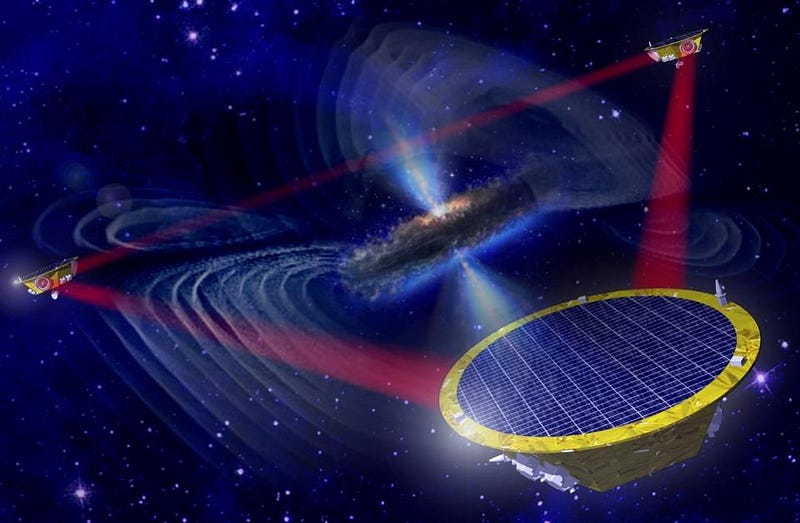
But there’s much more to gravitational waves than just LIGO! The Laser Interferometer Space Antenna (LISA) will launch in the 2030s, enabling us to detect gravitational waves from supermassive black holes, along with much lower-frequency objects. Unlike with LIGO, LISA signals will allow us to predict when and where mergers will occur, allowing us to get our optical telescopes ready for the big event. Measurements of the polarization in the cosmic microwave background will attempt to probe the leftover gravitational waves from inflation, and any other gravitational wave signals that take billions of years to generate. And by using pulsar timing with arrays like ACTA and NanoGRAV, we can detect objects taking years or even decades to orbit. It’s an incredible time for this new class of science.

Astronomy and astrophysics: Where to begin with all that’s new in astronomy? As if our ongoing missions weren’t spectacular enough, with ground-based, balloon-borne, and aircraft-borne experiments constantly getting upgrades with new, more powerful instruments, we also have new missions headed to space and coming online that promise to revolutionize all that we know. Newly-launched missions like Swift, NuSTAR, NICER, and CREAM will give us a new window on everything from energetic cosmic rays to the interiors of neutron stars. The HIRMES instrument, scheduled to fly aboard SOFIA next year, will show us how proto-stellar disks turn into full-blown stars. And TESS, launching later this year, will identify Earth-sized, potentially habitable planets around the brightest, closest stars in the sky.
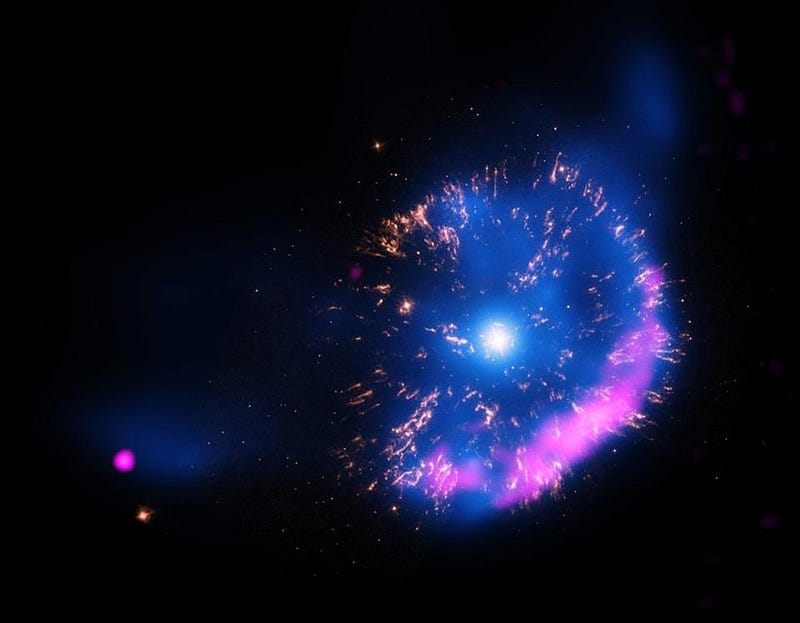
Further down the pipeline, IXPE will launch in 2020, allowing us to measure X-rays and their polarization, teaching us new information about cosmic X-rays and the densest, most massive objects (like supermassive black holes) in the Universe. GUSTO, launching in an ultra-long duration balloon above Antarctica, will allow us to study the Milky Way and the interstellar medium, teaching us about all phases of stellar life, from birth to death. XARM and ATHENA will revolutionize X-ray astronomy overall, teaching us about structure formation, outflows from galactic centers, and potentially even shed light on dark matter. Meanwhile, EUCLID will give us wide-field measurements of the distant universe, allowing us to see thousands of distant supernovae and giving us the best dark energy constraints of all-time.
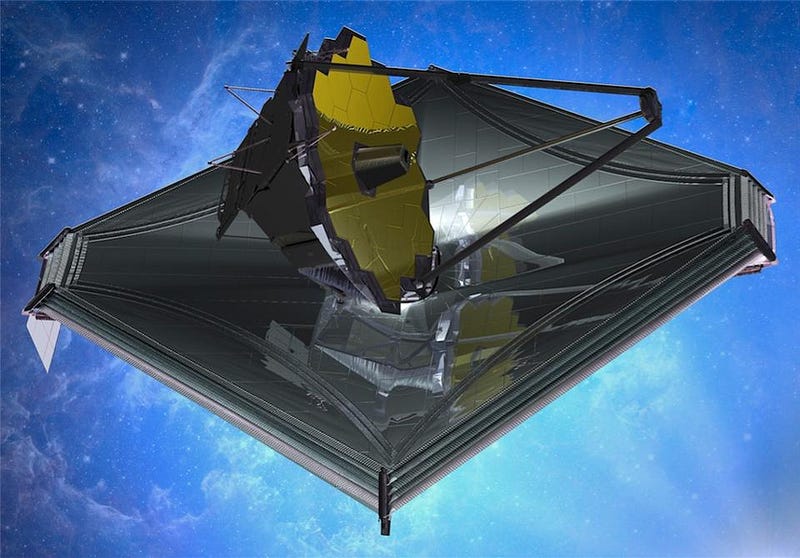
And that’s not even with mentioning NASA’s flagship missions, like the James Webb Space Telescope, WFIRST, or the four candidates for NASA’s flagship mission of the 2030s. From determining whether potentially habitable worlds have atmospheres to measuring their contents (including biosignatures); from learning what building blocks of life are present in molecular clouds to finding the most distant galaxies; from finding truly pristine stars that are made out of gas from the Big Bang to learning how stars form and grow, these missions will answer some of the biggest philosophical questions about where our Universe came from and how it came to be this way.
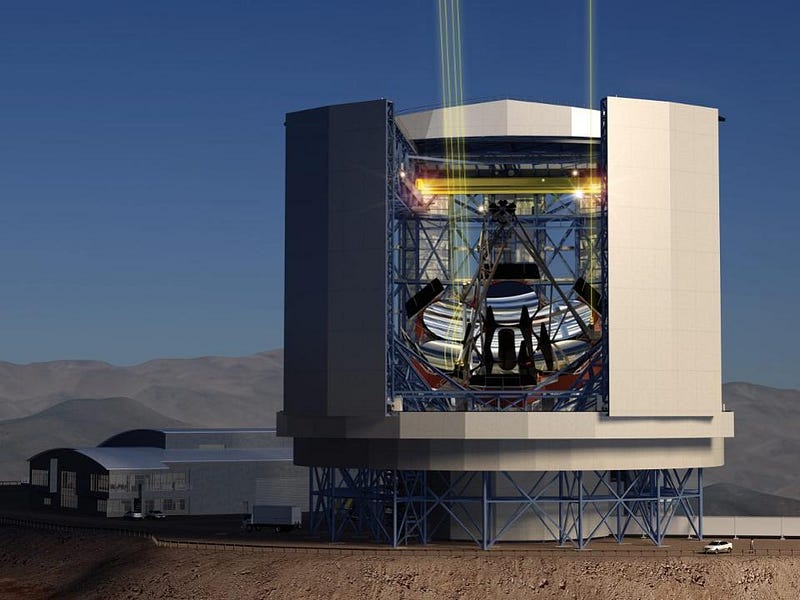
At the same time, revolutionary ground-based telescopes and arrays are currently being constructed. The wide-field Large Synoptic Survey Telescope will combine the ambitions of the SDSS and Pan-STARRS and extend them with telescopes some 20 times as powerful. The Square Kilometer Array will take radio astronomy where it’s never gone before, promising to uncover thousands of new black holes and to potentially find undiscovered sources that we don’t even know about. Meanwhile, we’re also building 30-meter-class telescopes like GMT and ELT, which can gather over 100 times the light that Hubble can, with more advanced instruments and adaptive optics systems than anything in existence today. The secrets of the Universe are going to be ours to discover.
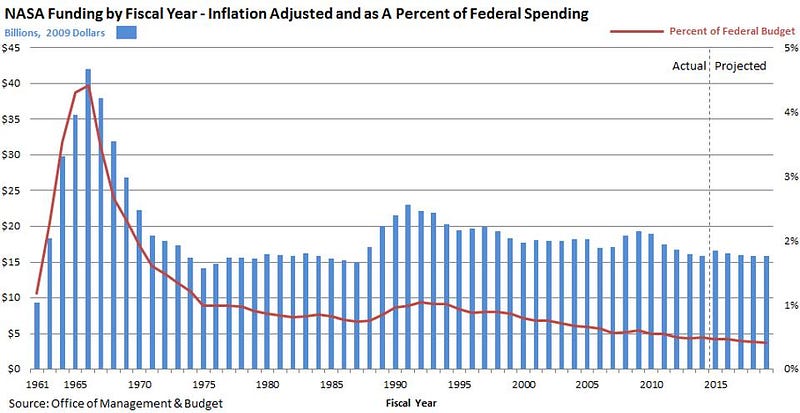
This, of course, is only a taste of what’s going on. Every scientific field and sub-field has its own set of exciting experiments and proposals, and even this list provided here is far from comprehensive, not even including planetary science missions. And all of this is happening, mind you, as NASA’s budget fails to increase, not even to keep up with inflation. (The National Science Foundation is suffering similar difficulties.) Despite all of this, the thousands upon thousands of people working on these missions — to plan, design, build, and run them, as well as analyze the results — remain as optimistic as ever. When you’re in love with finding out the most fundamental truths about the Universe, including questions like:
- What is the Universe made of?
- How did things get to be this way?
- Is there life elsewhere in the Universe?
- And what is the ultimate fate of everything?
you’ll find a way to accomplish the maximum amount possible with the limited resources you have.

As NASA’s Thomas Zurbuchen said of the current and future flagship missions, like Hubble, James Webb, WFIRST, and more:
“What we learn from these flagship missions is why we study the Universe. This is civilization-scale science… If we don’t do this, we aren’t NASA.”
It isn’t just NASA, but national and international organizations all working together that enable us to answer questions we didn’t even know to ask a generation ago. As the secrets of the Universe are revealed, they bring up deeper and more fundamental questions about our origins, composition, and fate. The future of science isn’t just bright; it’s being brought into existence right before our eyes. There’s never been a better time to share in the wonder that simply existing at this moment, with all the knowledge we’ve gained and are poised to discover, has to offer.
Send in your Ask Ethan questions to startswithabang at gmail dot com!
Ethan Siegel is the author of Beyond the Galaxy and Treknology. You can pre-order his third book, currently in development: the Encyclopaedia Cosmologica.